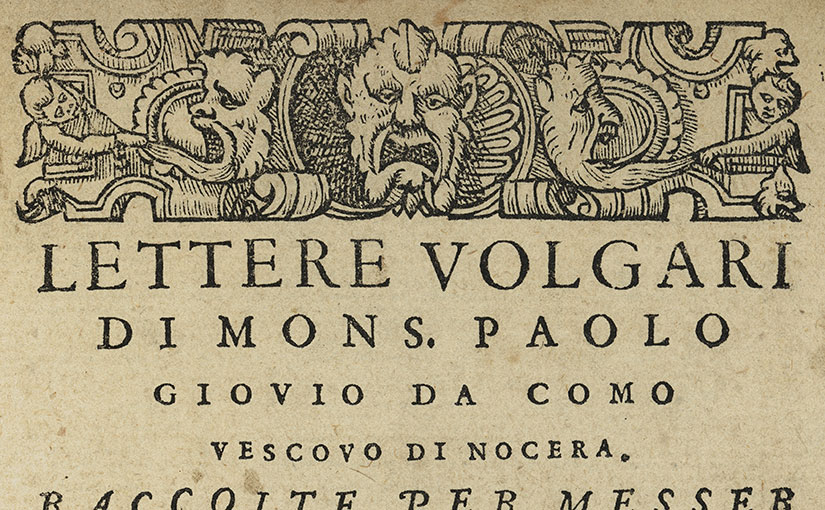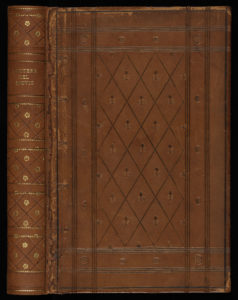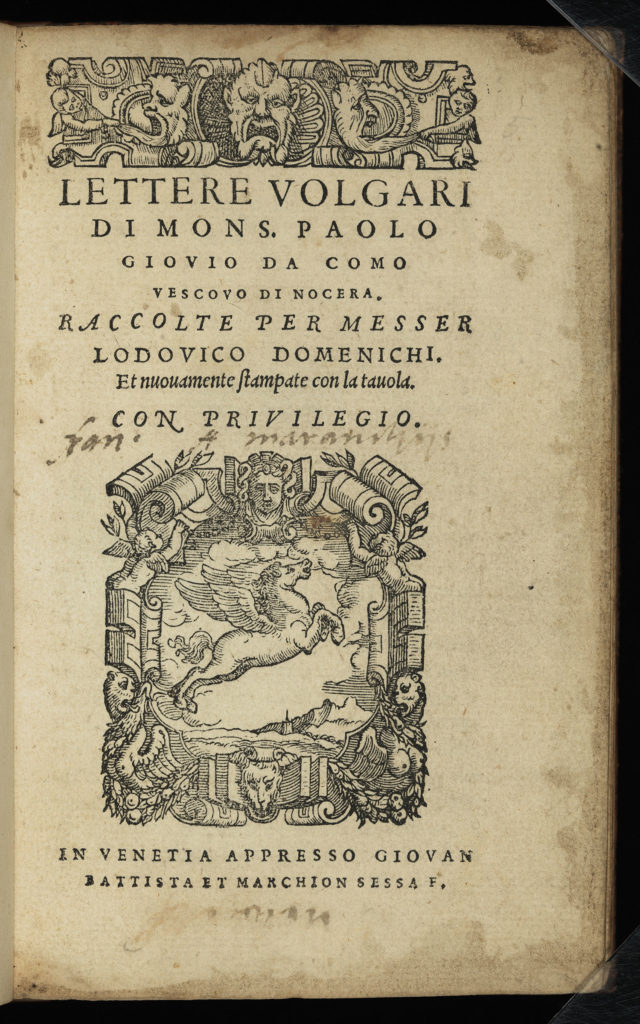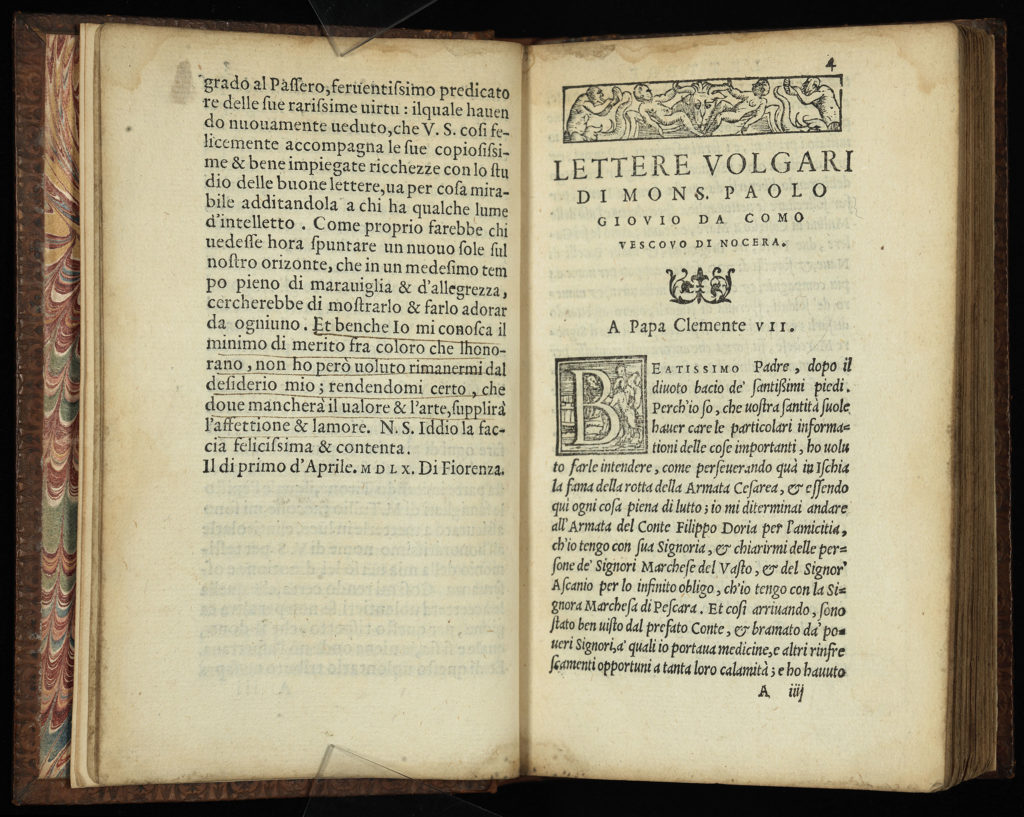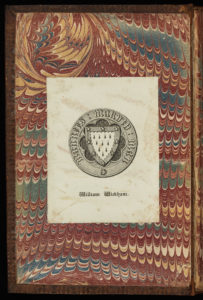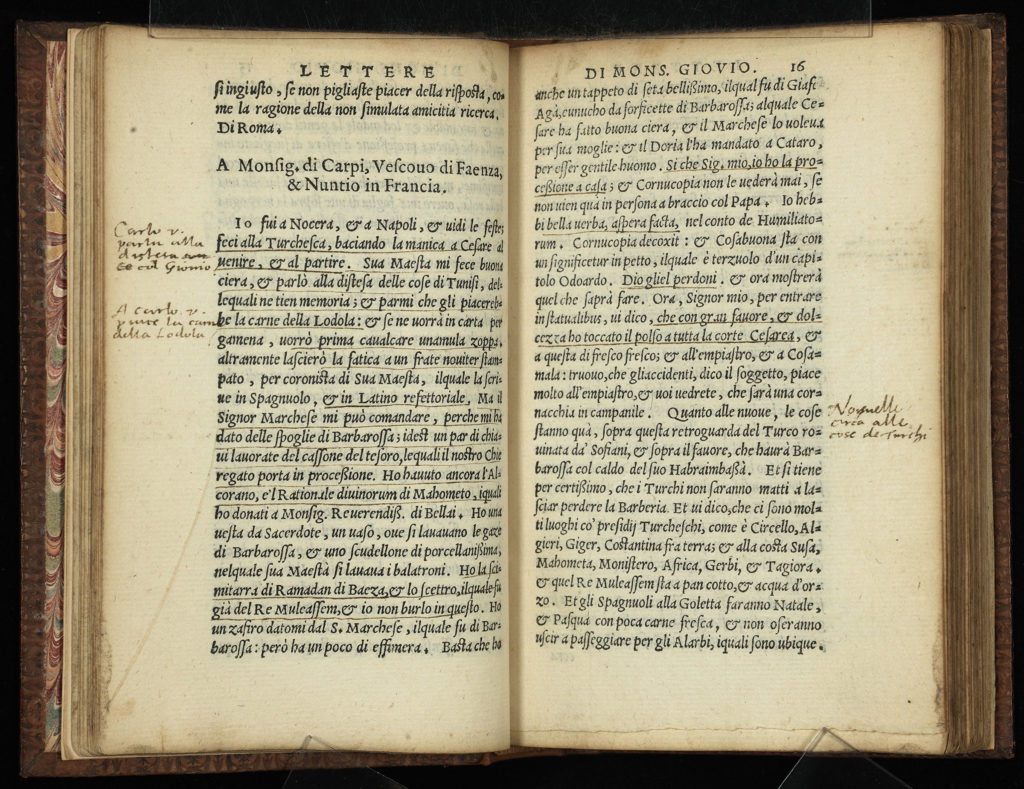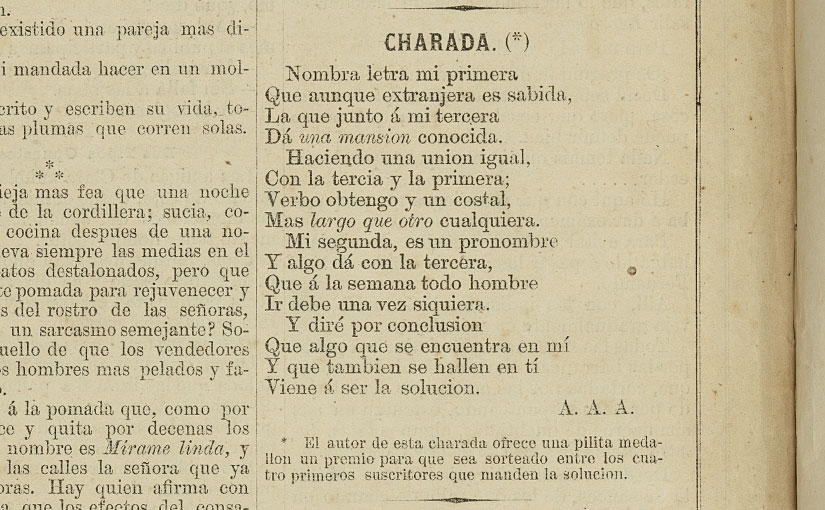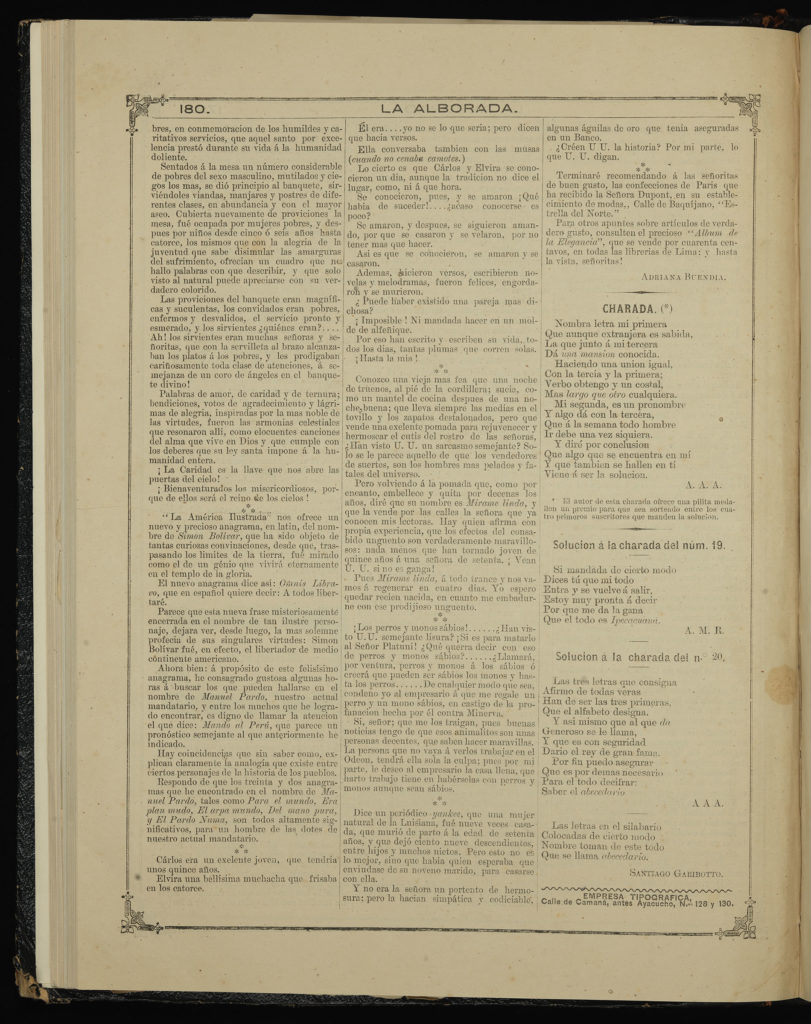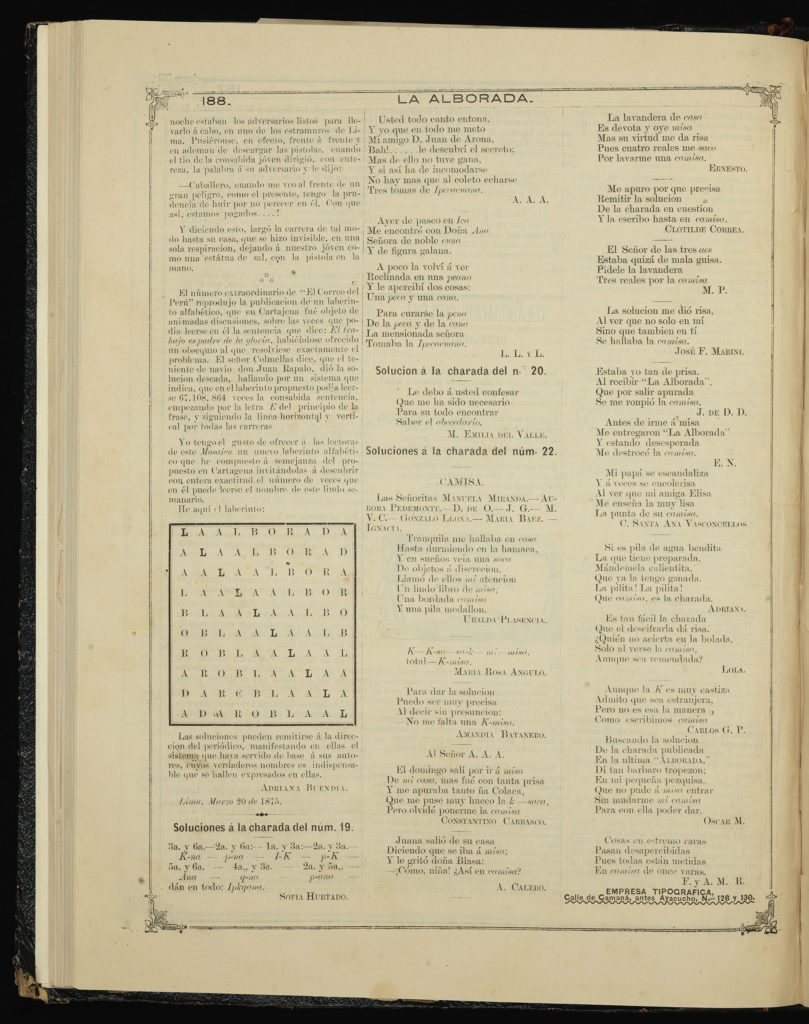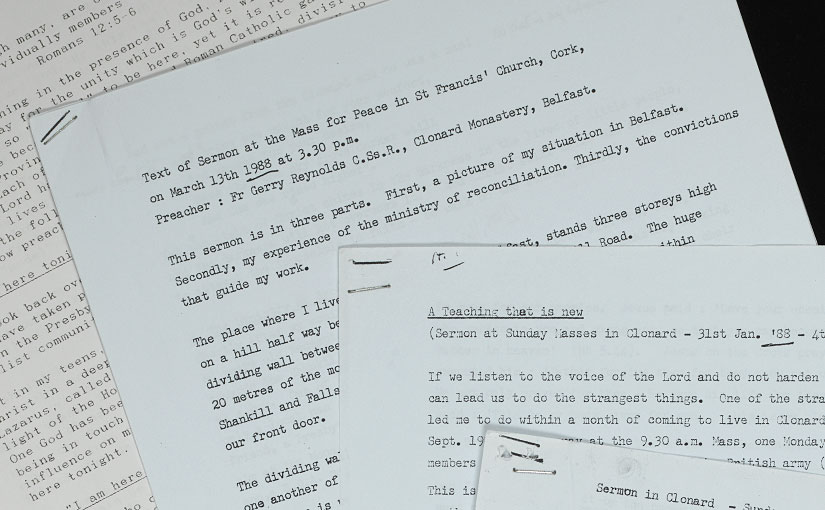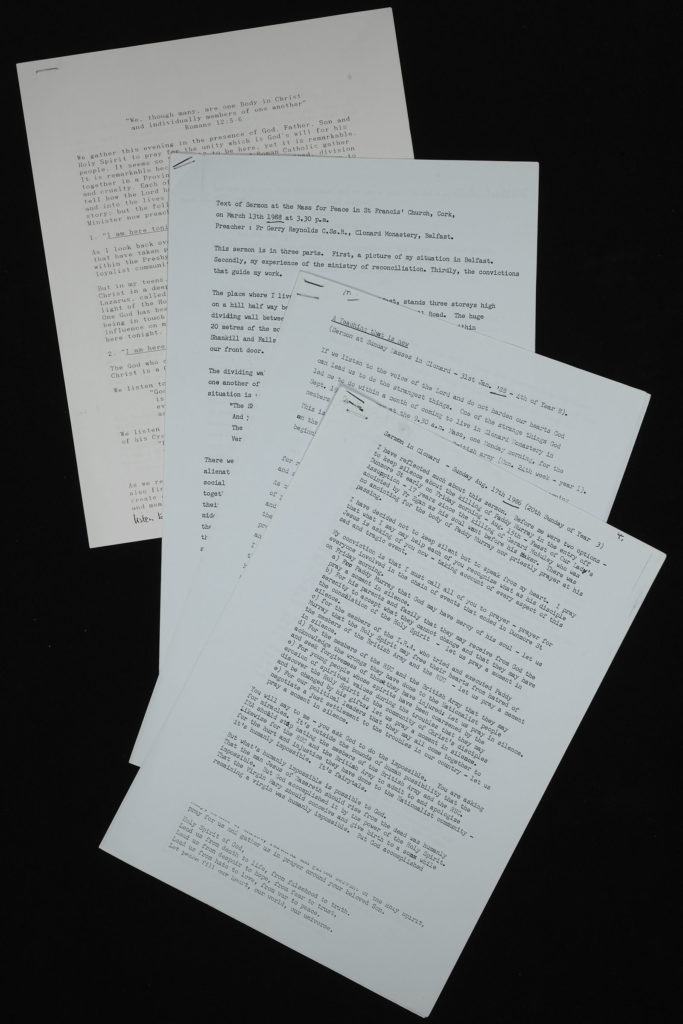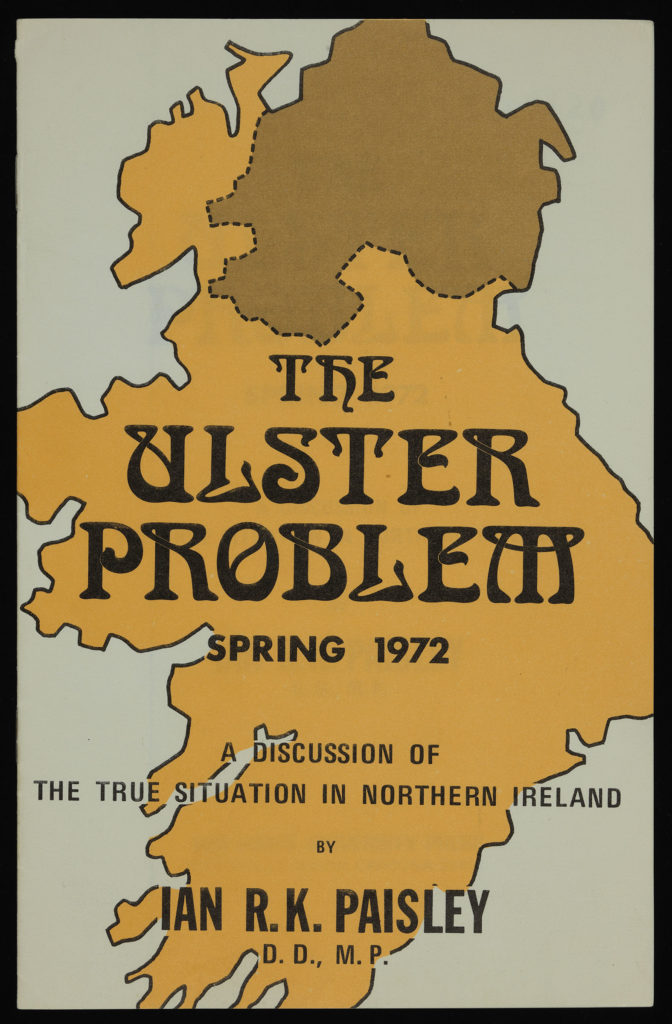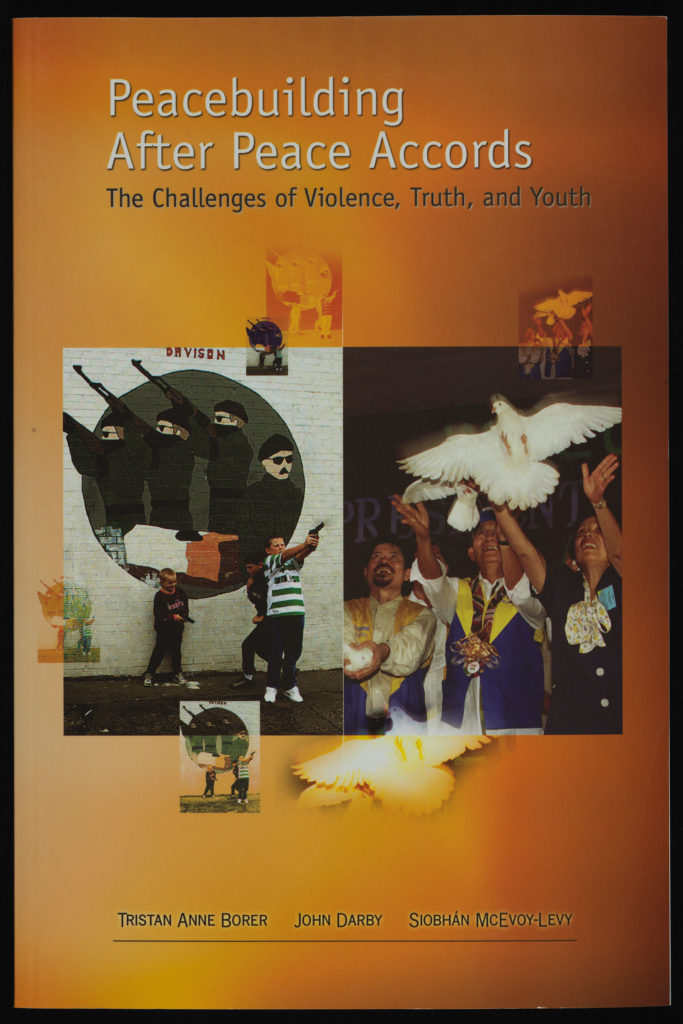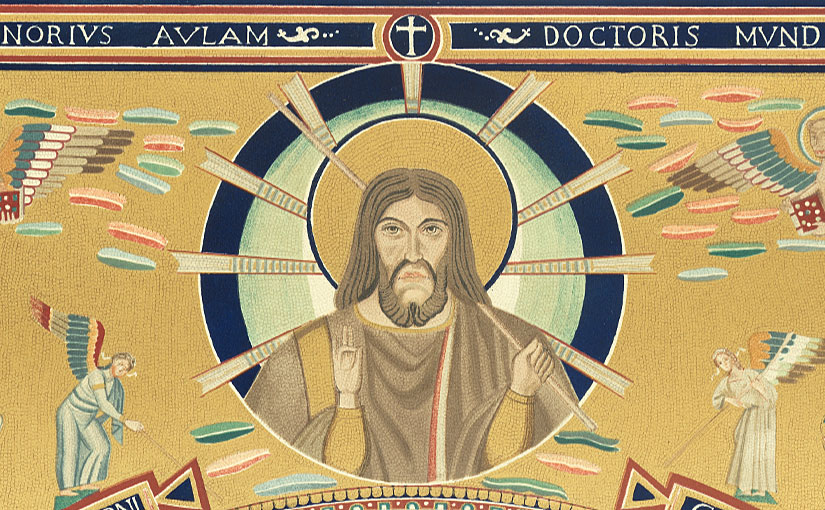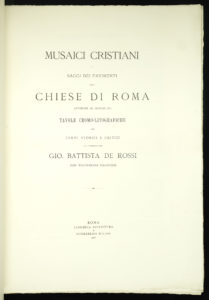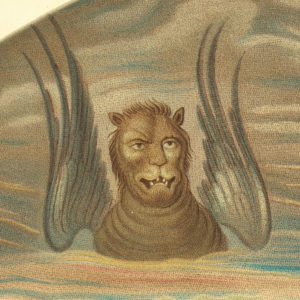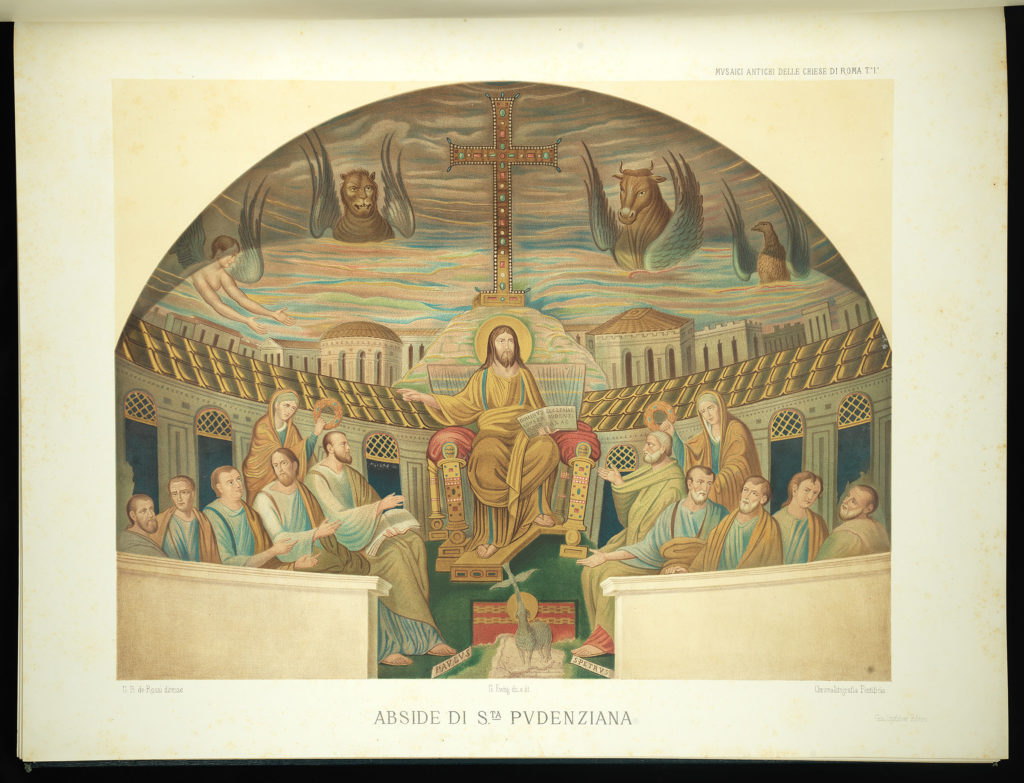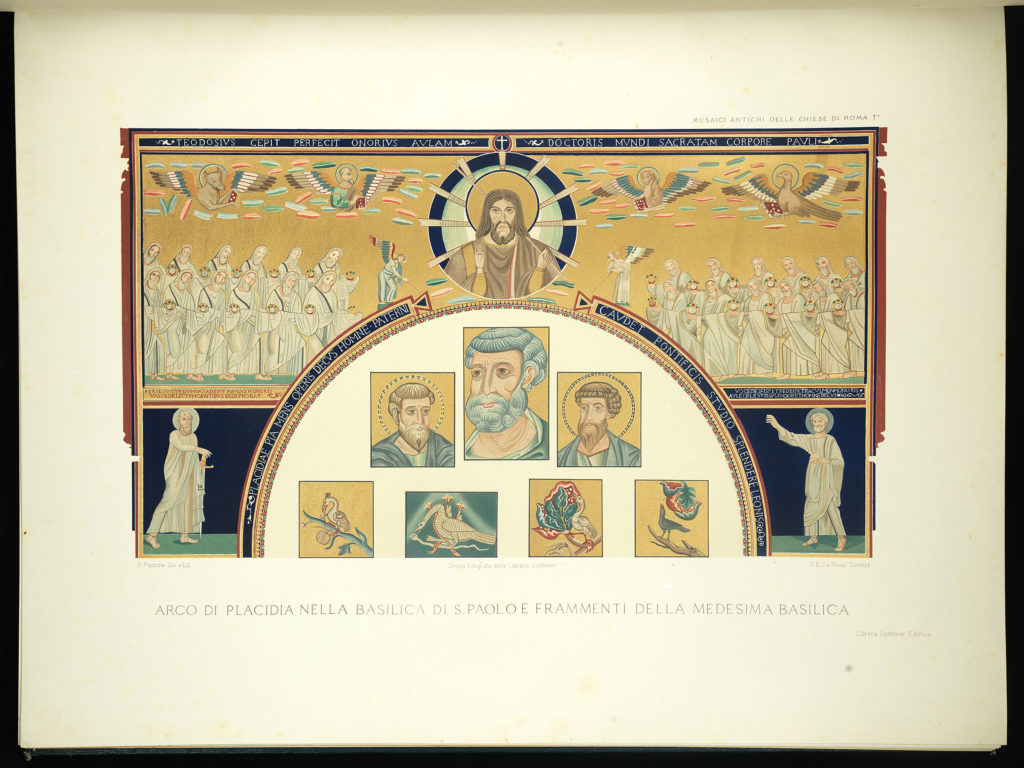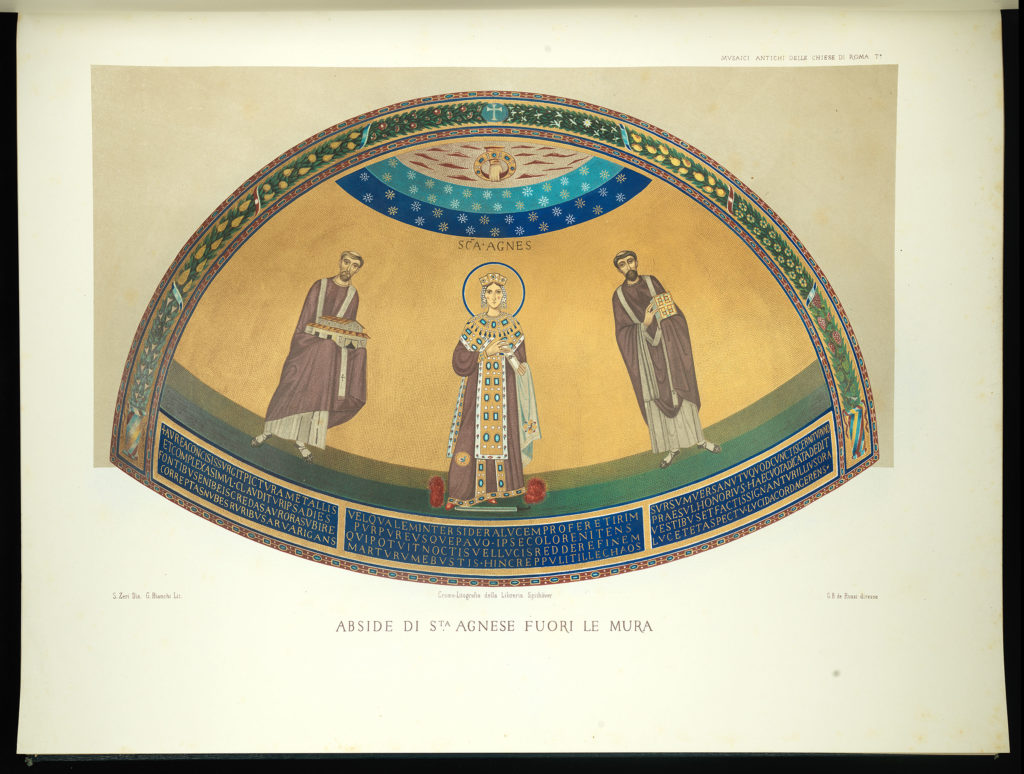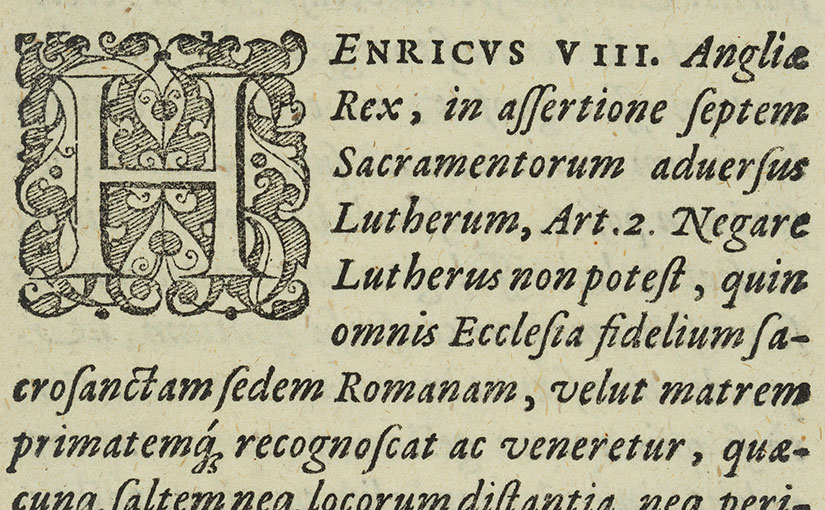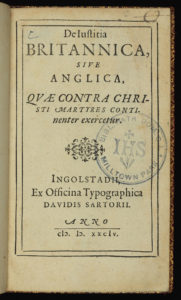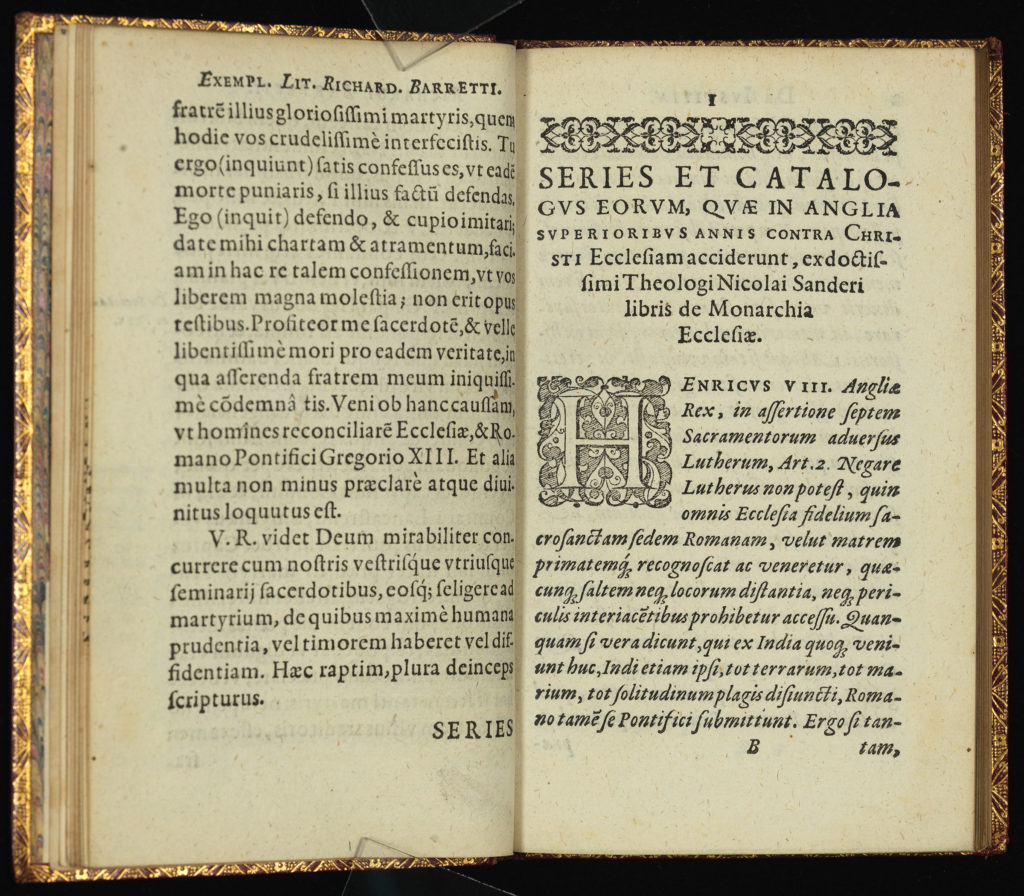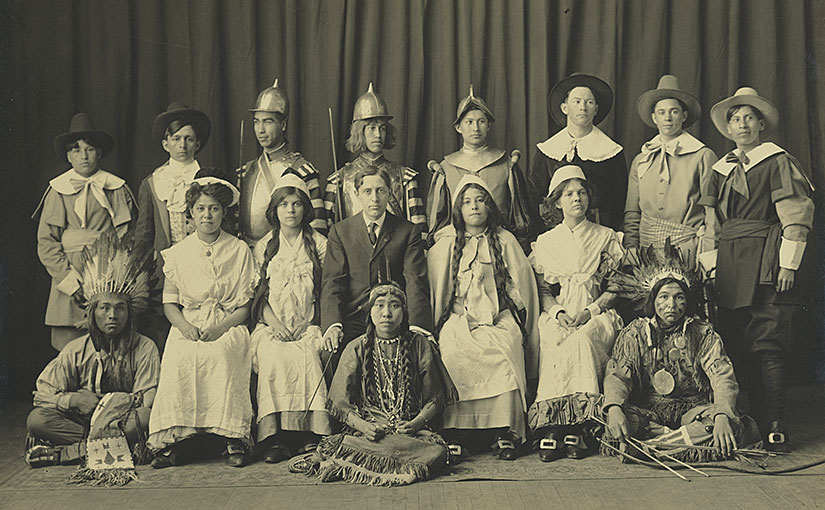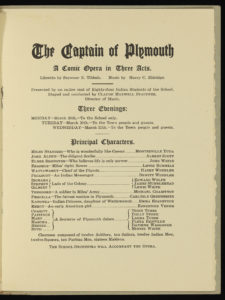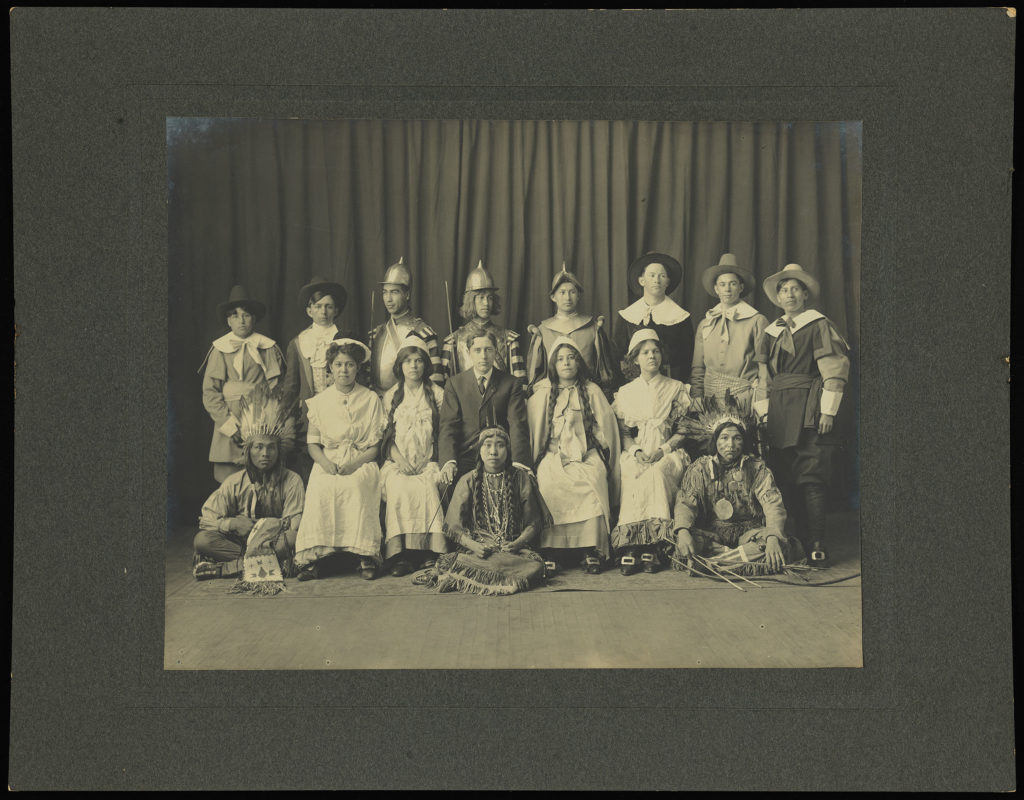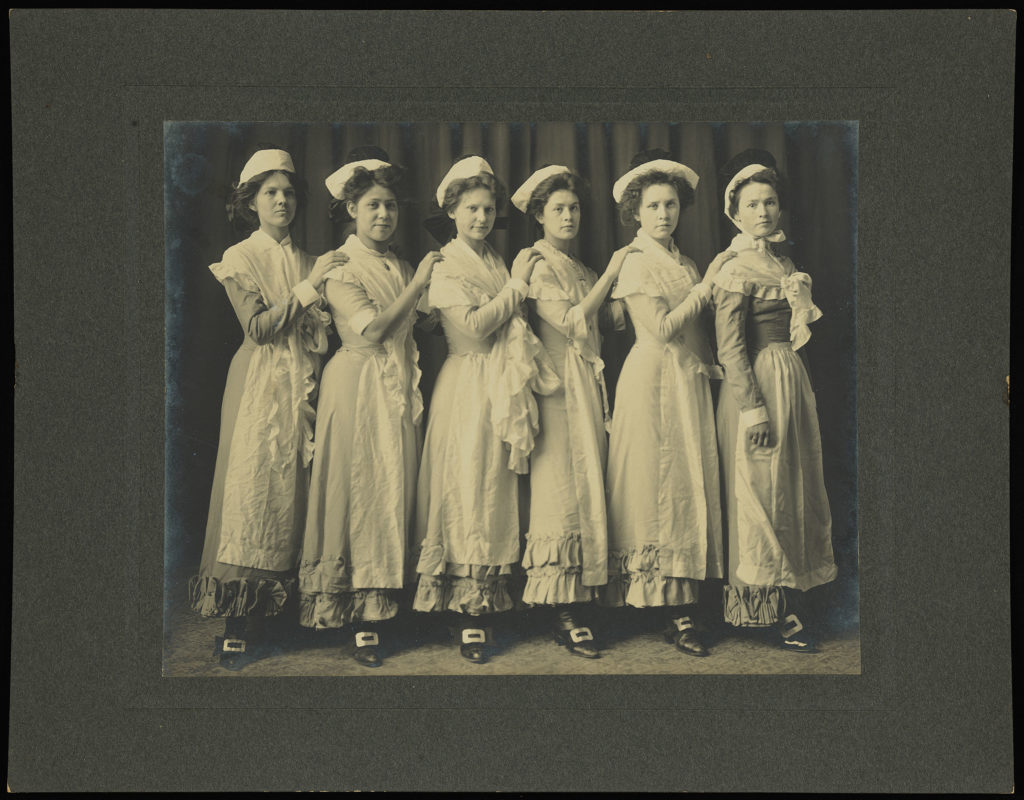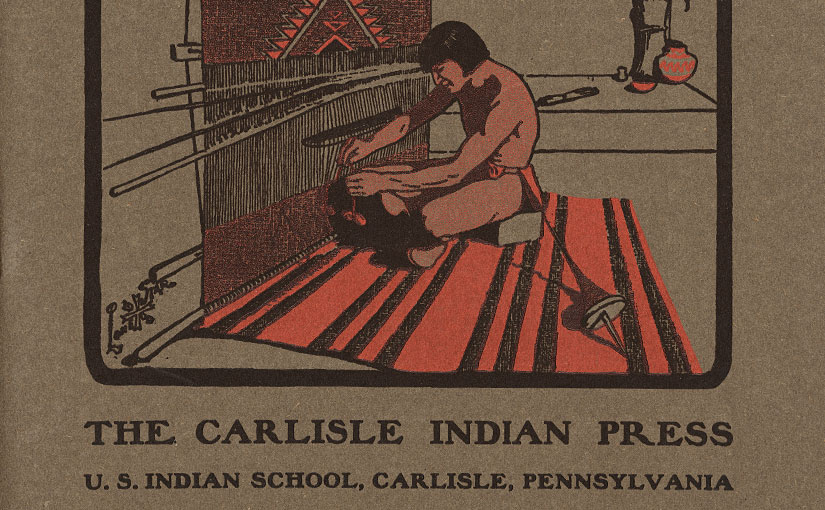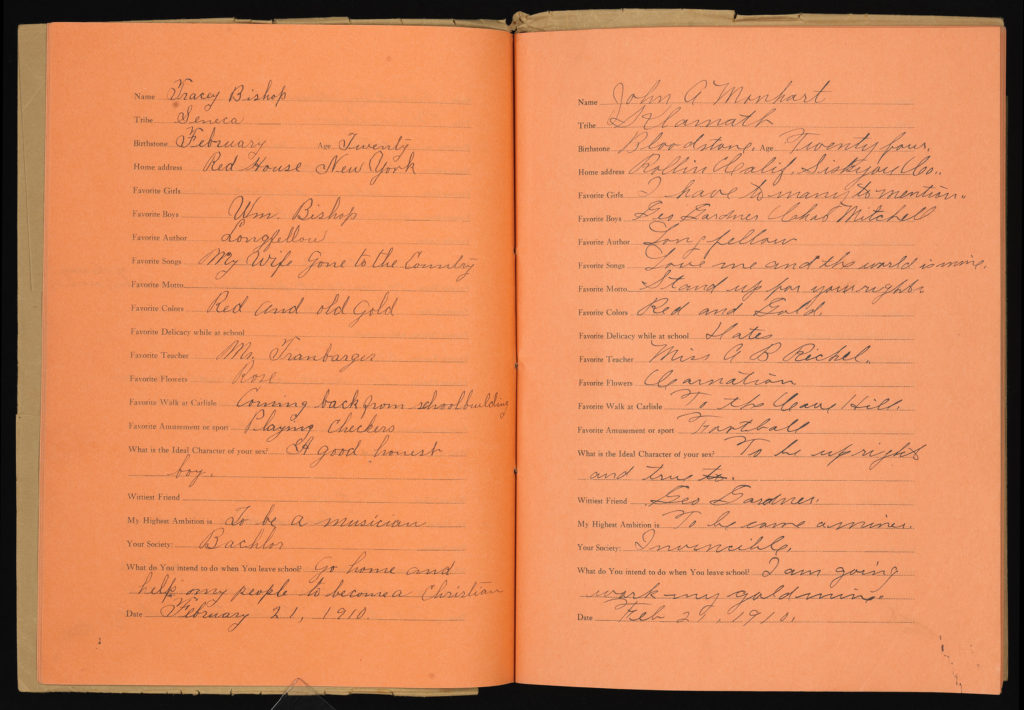Among the holdings of Rare Books and Special Collections are thousands of manuscripts which span over two thousand years. These manuscripts encompass a myriad of origins, physical properties, languages, and genres. Since each manuscript is produced by hand, each is a unique item. In addition to being the rarest materials within the department’s holdings, manuscripts are consulted and used for a variety of purposes. Their research and pedagogical values lie not only in the content of the their texts, but also in the physical properties of their construction, later modification, and even ownership.
The oldest manuscripts in the collection are representative specimens of writing in the Ancient World. They include over one hundred clay tablets and a cylinder from the Ancient Near East and date as early as ca. 2300 BC. These objects offer a view into the civilizations of Sumeria, Babylon, and Egypt of the Ptolemaic and Roman periods as well as different writing systems and formats.
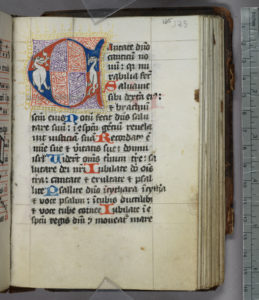
In addition, Special Collections holds over 300 medieval manuscripts which span from the mid ninth-century to the sixteenth. These manuscripts present a variety of scripts, book-making techniques, and texts. The majority are in Latin, but there several examples in Greek, Italian, Old French, Middle English, and Middle German from European countries as well as Byzantium. Genres heavily represented are largely liturgical, devotional, and scholastic in nature.
A small number of manuscripts in Arabic and Persian, Ge’ez (the classical language of Ethiopia), Pali, Chinese, and Japanese spanning the seventeenth to nineteenth century are also held. These materials are largely for pedagogical purposes. They include a variety of formats and supports such as Ottoman paper, parchment, palm leaf, and other eastern paper stocks.
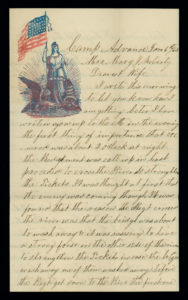
North American manuscript holdings are arranged into five chronological or topical classifications. Manuscripts of Colonial and Revolutionary America include manuscript groups originating before the year 1788 in the British colonies on the Atlantic seaboard of what is now the United States, or are American manuscripts of the Revolutionary and Confederation eras. Early National and Antebellum manuscripts are comprised of manuscript groups originating, wholly or primarily, in North America in the years 1788 to 1860. Civil War manuscripts include all manuscript groups originating, wholly or primarily, in North America in the years 1861 to 1865, and also include manuscript groups dated later but of immediate relevance to the Civil War. Modern American manuscripts include all manuscript groups originating, wholly or primarily, in North America since the end of the Civil War. The Sports Manuscripts include manuscript material of all periods relating to athletic sports, physical culture, health and exercise, and outdoor leisure and recreation. Besides handwritten and typewritten texts, listings include other non-published formats with some claim to uniqueness, most notably scrapbooks and photographs.
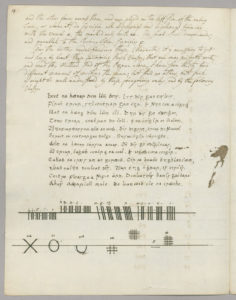
There are over 70 manuscript collections relating to Irish Studies. They range from single items such as an account book from an 1847 Famine soup kitchen to large collections of papers. The papers of contemporary Irish writers Patrick McCabe and Eilís Ní Dhuibhne will allow future scholars to study early drafts and trace the development of the literary works, while letters such as those written by the diplomat and Easter Rising leader Roger Casement to his friend Robert Lynd provide a vivid glimpse of the personality behind the historic figure.
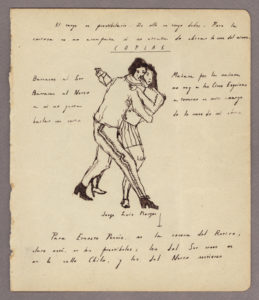
Rare Books and Special Collections is home to significant Spanish-language manuscript collections, from both Iberia and Latin America, dating from the fifteenth century through today. The Harley L. McDevitt Inquisition collection documents activities of the Holy Office of the Inquisition (1478-1834) in early modern Spain, Portugal, Rome, Mexico, and Peru. It includes over one hundred manuscript items. Trial and sentencing documentation, annotated procedural manuals, and ornate manuscript broadsides appointing Inquisition familiars are highlights. The José E. Durand Peruvian History collection includes more than 40 colonial and nineteenth-century literary, historical, financial, and ecclesiastical manuscript items. Among these are some totally unique items such as the only existing copy of a seventeenth-century Peruvian play entitled, Tragicomedia de la Ystoria de Joseph.
RBSC also holds modern literary collections representing South American and Caribbean writers. Manuscript highlights include the letters of Gabriela Mistral, Silvina Ocampo, Norah Borges, and Manuel Puig, as well as a few items by Jorge Luis Borges. The department’s South American historical mauscripts represent major figures of the independence era as well as some of the region’s earliest female activists, including Elvira Rawson de Dellepiane and Isabel Giménez de Bustamante.
The immigrant experience and family correspondence are another strength of the department’s Hispanic holdings. Collections include materials produced by Irish, Italian, German, and North American immigrants to Latin America.
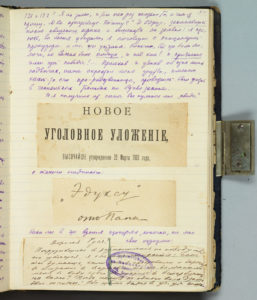
Russian and East European Studies collections range in date from the early nineteenth century to the present. Papers and manuscripts focusing on human rights and the unofficial non-conformist culture of Soviet Russia (also known as Russia’s second culture) constitute a particular strength within the Russian and East European Studies holdings. The materials include letters from the Gulag, literary and political works of Samizdat, manuscripts, official documents, diaries, correspondence, and photographs. A number of personal collections by important Russian political and cultural figures are represented among the Special Collections’ holdings. These include the papers of the Human Rights activist and the first executor of the Solzhenitsyn Fund Alexander Ginzburg (1936-2002), the writer Eugenia Ginzburg (1904-1977) and the poets Inna Lisnianskaia (1928-2014) and Semion Lipkin (1911-2003), the concept artist and writer Vagrich Bakhchanyan (1938-2009), the Human Rights activist and literary scholar Elizabeth Markshtein (1929-2013).
All manuscripts held by Rare Books and Special Collections are freely accessible to Notre Dame students and faculty as well as to the general public. A portion of the manuscript collections may be accessed through their online finding aids, which describe their contents. Medieval manuscripts are described in David T. Gura, A Descriptive Catalogue of the Medieval and Renaissance Manuscripts of the University of Notre Dame and Saint Mary’s College (University of Notre Dame Press, 2016). For all other manuscripts collections, or if you have specific questions, contact the appropriate curator of the subject area of your interest.

